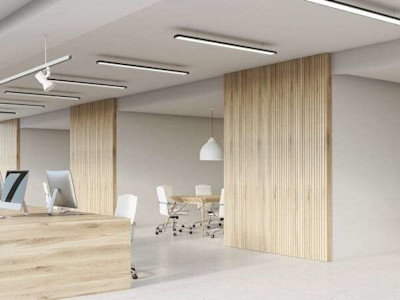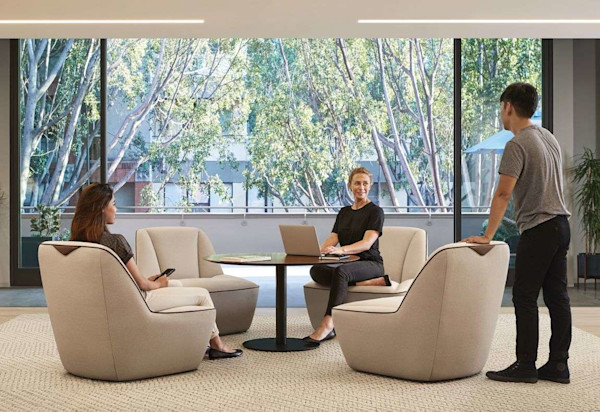Here's What iPhones and the Best Office Designs In The World Have In Common

Let's talk about the iPhone for a minute. What does that have to do with office design and the modern workplace? Bear with me a moment, and it'll become clear.
Before the iPhone totally pivoted the cell phone market, people would have said their most desirable feature phone requirements were extended battery life and better cell reception for a crystal clear connection that didn't drop. People didn't even know they could have what's essentially become a pocket computer. But Apple considered the people behind the phones rather than what people did with their existing phones.
The concept behind this is called Design Thinking, which seeks to put a human-centric spin on what products, services, and environments people utilize to enable the most productive and innovative use of our abilities.
The result answered needs consumers didn't even know to ask for: a calendar that would keep appointments and remind us of upcoming events, a music library to distract us on long trips or commutes, a texting app that would keep us more connected than ever before (with a QWERTY keyboard so we didn't have to press buttons multiple times to hit all the right letters). And then came the app store, and the rest is history.

The concept behind this is called Design Thinking, which seeks to put a human-centric spin on what products, services, and environments people utilize to enable the most productive and innovative use of our abilities. For the modern workplace, this way of thinking breaks employees out of their "talent silo" by recognizing that workers can form greater connections to their teams, their environments, and by extension boost their creativity to bring innovative solutions of incredible value to a competitive marketplace.
Read the Full Article on Inc.com
Want to explore more? Check out these related topics:



